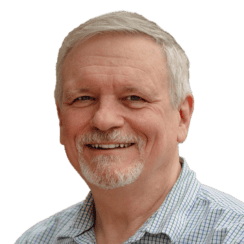Project Summary
Many acknowledge the importance of incorporating fuel cell electric vehicles (FCEVs) into California’s sustainable future, as highlighted in the 2022 Scoping Plan by the California Air Resources Board. However, California currently has only around 11,000 light-duty FCEVs on its roads, fewer than 100 fuel cell buses, and only a handful of fuel cell trucks. While there’s a growing emphasis on developing the bus and truck systems and associated hydrogen infrastructure, there’s a lack of a detailed plan for setting targets beyond 2030. Regarding light-duty vehicles, the previous target of 1 million vehicles by 2030, proposed by organizations like the California Fuel Cell Partnership, now appears unlikely. There’s a pressing need for new targets and clear plans to achieve them. Urgent analysis is required to assess costs, targets, and milestones for sectors like rail, airports/aviation, and ports (including in-state shipping). Research is also needed on how these sectors can be integrated into current transportation plans.
This project extends prior research, which outlined scenarios for developing a statewide hydrogen system (primarily for road transportation). In this phase, the researchers will explore expanding the hydrogen transportation system to include various modes (rail, ports/shipping, airports/aviation) and supporting it with in-state renewable hydrogen. They will assess market adoption, costs, scalability, and primary early uses for hydrogen until 2030. The study will also examine the supply chain for hydrogen production, transportation, and storage. This analysis will lead to a roadmap with targets and milestones for 2030 and 2050. Additionally, the project will build on prior work to pinpoint necessary policies and investments to achieve these goals and maximize benefits for disadvantaged communities.
